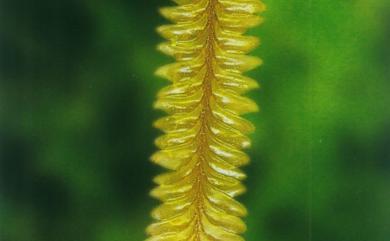
65b5856ae43e6b3fdb8a66642219b3fc.jpg from: https://taieol.tw/pages/46221
Exploring the Fascinating World of Plagiochila khasiana Mitt. Moss
Introduction
Mosses are often overlooked, but they play a vital role in many ecosystems around the world. One particularly interesting species is Plagiochila khasiana Mitt., a type of leafy liverwort moss in the Plagiochilaceae family. In this blog post, we’ll dive into the details of this fascinating plant.
Background
Plagiochila khasiana is named after the Khasi Hills region of India where it was first discovered. It belongs to the Marchantiophyta phylum and Jungermanniopsida class of liverwort mosses. The Plagiochilaceae family contains over 1,600 species found worldwide.
Morphology and Identification
P. khasiana has distinct morphological features:
- Leaves are oblong to obovate in shape
- Leaves have toothed margins and are alternately arranged
- Stems are ascending to erect, sparsely branched
- Underleaves are absent
- Perianths (reproductive structures) are obovoid with a lobed mouth
These traits help distinguish it from other Plagiochila species. However, microscopic examination of leaf cells is often needed for definitive identification by experts.
Global Distribution and Habitat
P. khasiana has been recorded in:
- Northeast India (Assam, Meghalaya, Sikkim)
- Bhutan
- Nepal
- Southwest China
- Northern Thailand
It typically grows on tree trunks, branches, and rocks in humid montane forests at elevations of 1000-2500 meters. The moss favors shaded habitats with high moisture levels.
Ecological Roles and Adaptations
Like other mosses, P. khasiana plays important ecological roles:
- Helps retain moisture in its environment
- Provides shelter and food for invertebrates
- Aids in nutrient cycling and soil formation
- Serves as a bioindicator of air quality and habitat conditions
The moss has adaptations like water-repellent leaves and desiccation tolerance to survive periodic drying in its habitat. Its mat-like growth also helps trap water and organic debris.
Conclusion
Plagiochila khasiana Mitt. is a prime example of how even tiny, inconspicuous organisms like mosses can have outsized ecological importance. Through its unique adaptations and interactions with its environment, this liverwort makes an essential contribution to montane forest ecosystems in Asia. Next time you’re in the mountains, take a closer look – you might just spot some Plagiochila hiding in plain sight!